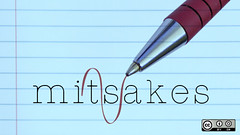Dmitri Shostakovich composed extraordinarily quickly. Once he heard the piece in his head, he would pour the notes onto the page. He could manage 20-30 pages of score a day and rarely made corrections.
I can’t write that fast. I can’t write music at all, but let’s leave that to one side. Words vs. music may be an indirect comparison, but even with the benefit of technology I can’t come close to that speed (or endurance).
Shostakovich, however, constantly worried that he worked too fast. He wrote a letter to a friend saying, “Undoubtedly this is bad… composing is a serious business.”, an idea that is so clearly ridiculous that it left me hoping his friend wrote back to tell him as much.
We must never get caught up in the idea there there is one right way to do something – a proper way or, even worse, the “done” way.
My wife and I make tea totally differently, but they usually taste the same.
Lee Child’s writing process is totally different to Haruki Murakami, but they have both written bestsellers.
Clint Eastwood, when he directs a movie, shoots as few takes as possible, while David Fincher is renowned for shooting 20, 50, even 100 takes of a single shot before moving on. They’ve both made masterpieces.
The way we succeed is not by doing things the way someone else does them, but by finding the way that suits us and owning it.
After all, for all his worrying, Shostakovich was a pretty solid composer all things considered.


